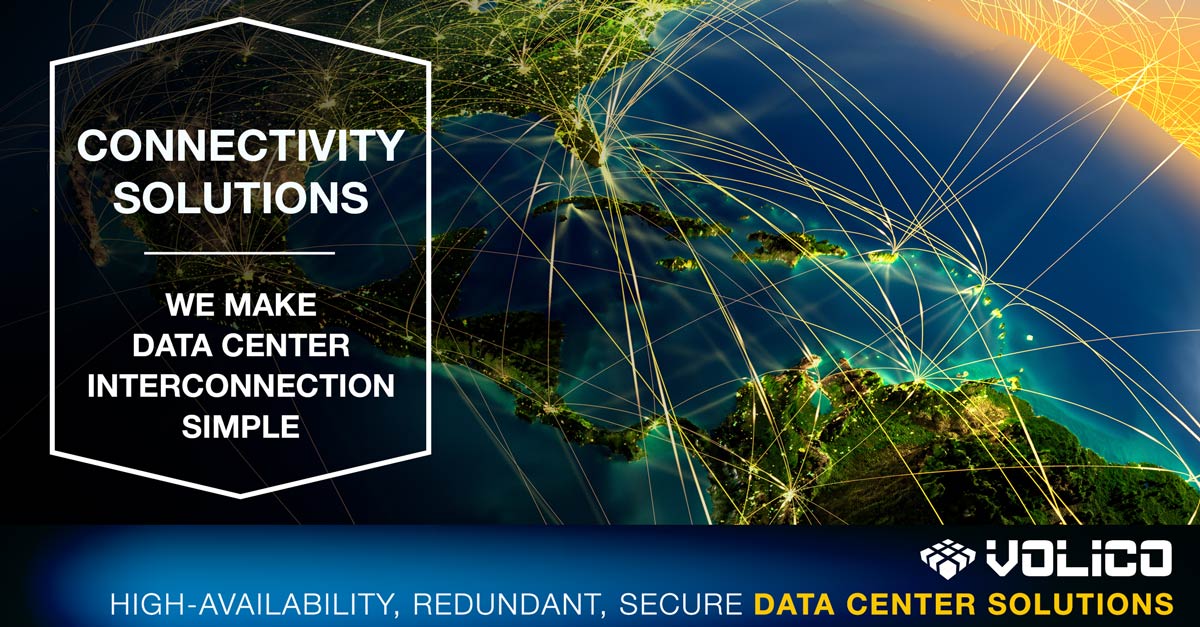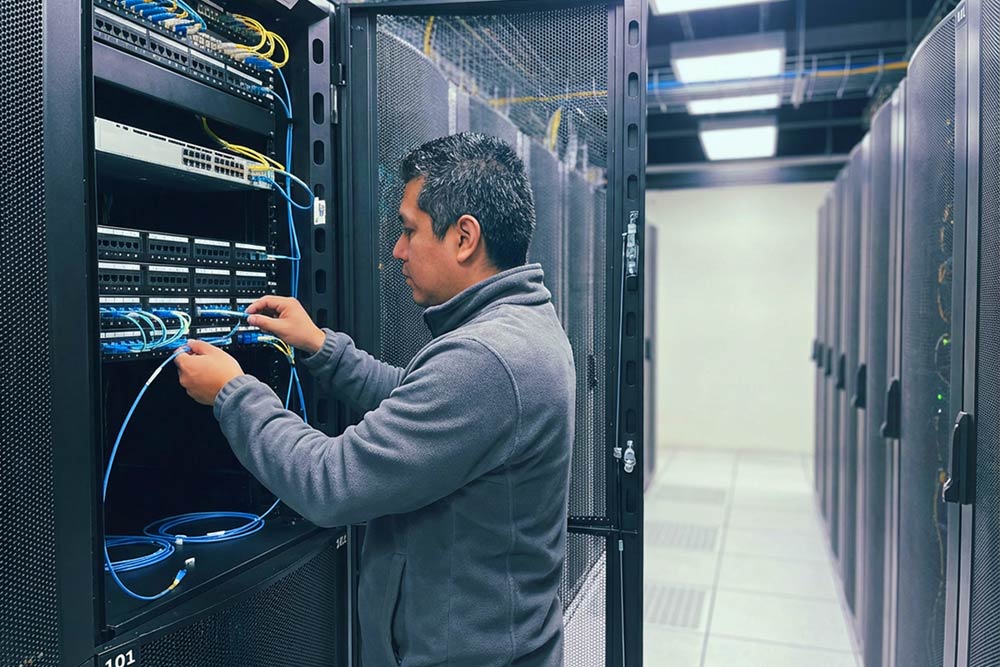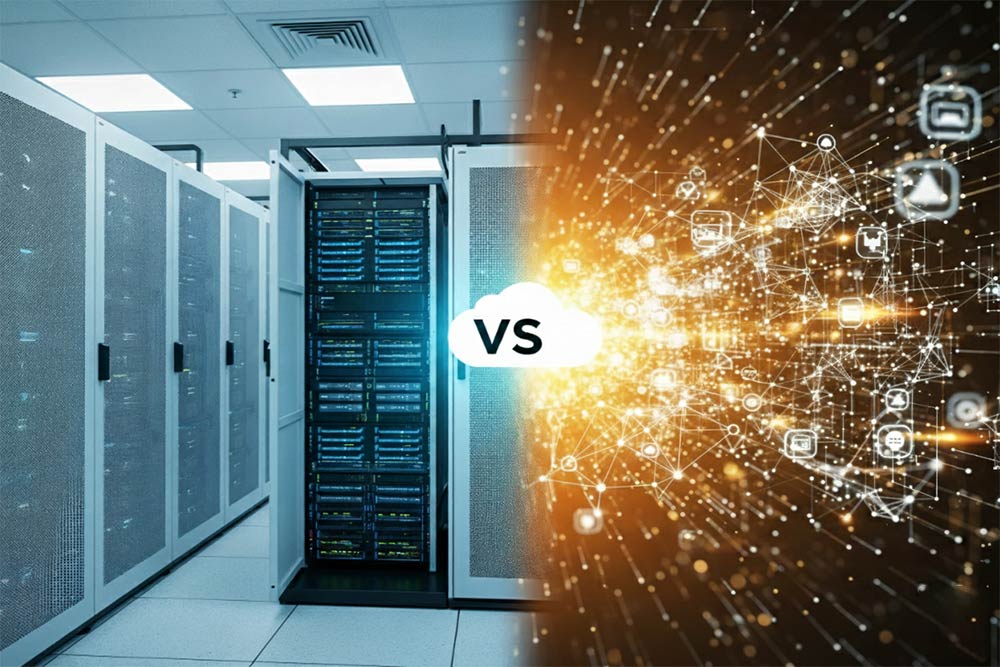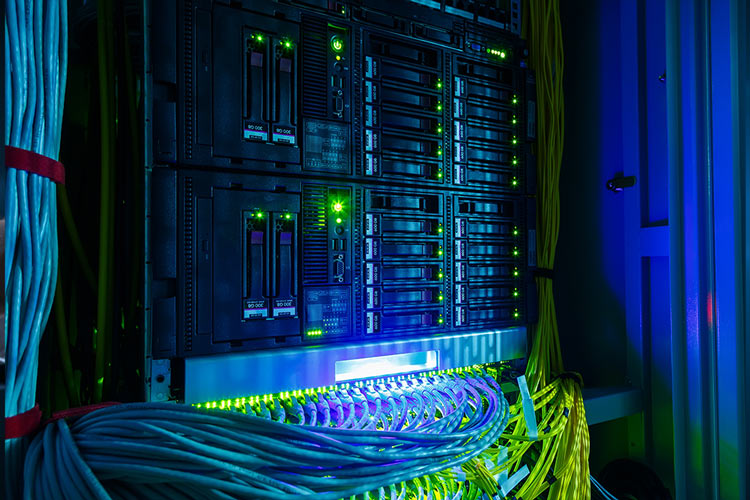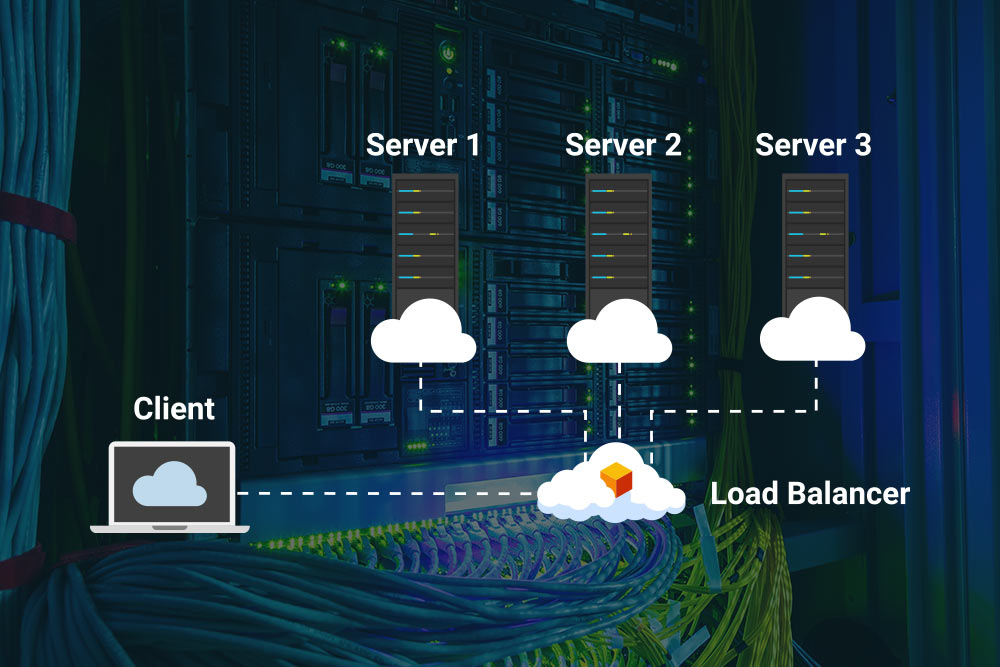In spite of rising costs, supply chain limitations, and power issues, the need for efficient data center infrastructure providing low latency solutions prevails. The demand for North American data centers is record-high despite the data center market being almost at capacity.
The rate of expansion has been somewhat affected by the current economic conditions, but demand is still showing increasing tendencies. Companies might find it more difficult to find a suitable space, or alternatively, they might have to pay extra for it. Finding a solution quickly can be vital for keeping processes fast and effective. Therefore, organizations from the Latin American market that are currently experiencing rapid growth should consider moving to colocation facilities with excellent locations, like Volico Data Centers in Miami, to achieve low latency.
With the ever-increasing volumes of data, market demand for data centers will continue to rise. Businesses, especially in growing markets, need reliable, low-latency solutions to face new challenges.
This blog is going to explore how the strategic location of Miami data centers can offer ultra-low latency solutions for Latin American markets. Also, we will take a look into how choosing the right provider impacts your business’s performance and results.
Low Latency And Data Center Location – How Does It Work?
Before we get more into the details of why Miami data centers can offer ultra low latency for Latin America, let’s take a quick look at the root of latency issues. Today, low latency has already become as crucial as breathing for everyone. Not only for businesses and organizations but for everyone using the internet. Low latency is fundamental to a smooth user experience, and even the smallest delay can create annoyance. Here’s why.
Low latency and proximity
If bandwidth measures the capacity of information transferred in a second, latency measures the time it takes for a certain quantity of information to get from A to B. The further the distance between A and B, the higher the latency. This delay can also depend on the quality of the devices and the networking potency the data center provides. It all depends on the server and the distance the data has to travel to reach the end user. The closer the server is geographically to the end user, the faster the response times. However, in many cases, the end users can be located across different continents. To achieve low latency, it is essential to have servers in colocation data centers to host websites and applications close to the target user’s location.
Why Low Latency is Vital for Latin America
Latin America has made notable progress in the last decade concerning internet connectivity. Between the years 2012 and 2022, internet coverage has seen a significant expansion from 43% to 78%. Even though internet access is still considered to be expensive for the lower 20%, Latin American countries have been growing fast. This increase in internet access will gradually bring other changes, including economic growth. With surges in usage, the demand for high-quality connections that provide low latency will keep growing. Additionally, user experience will also continue to shape these tendencies. As a result, data centers that facilitate excellent connections between Latin America, North America, and Europe will continue to serve as essential links for achieving low latency.

Miami Data Centers: Low Latency Connectivity to Latin America and the Caribbean
Miami has always been popular for the things it has to offer. However, the city is not merely a beautiful vacation destination but the area’s largest technology and business hub. While many hot Northern American data center markets, like Northern Virginia, are at capacity, Miami data centers can offer a low latency alternative for the Southern and Eastern US markets and, especially, Latin America.
Miami’s Advantageous Tax and Transportation Infrastructure
The quality of the transportation infrastructure can also be of crucial importance for enterprises handling supply chains. Port Miami and Miami International Airport offer the city and its data centers a solid base in a competitive market. Moreover, the state of Florida has some really advantageous tax laws. Firstly, there is no inventory or unitary tax for businesses. Secondly, state corporate income tax is relatively low, and thirdly, energy costs are also comparably cheap. It’s easy to see why these circumstances offer excellent ground for all kinds of businesses to flourish.
Miami, Apex of Connectivity
Thanks to its excellent location on the cusp of the Florida Peninsula, Miami is an important portal to Europe, the Caribbean, and Latin America. The city stands at the endpoint of subsea cabling connecting the USA to South America. Miami is home to the Network Access Point (NAP) of the Americas (NOTA), which is one of the most significant connection nodes worldwide. Thanks to these advantageous assets, Miami can offer the most reliable and ultra low latency connections, serving as a gateway for many enterprises, especially from the tech and financial industries.
IoT, Artificial Intelligence, and Analytics Surge Demand for Low Latency Data Center Infrastructure
Miami is notorious for its huge digital infrastructure. In fact, it is similar in its competence to New York or Silicon Valley. This is largely supported by an ultra-high-capacity internet framework, providing powerful connectivity. It may be a lesser-known fact that Miami is among the five most connected cities worldwide, but this ranking talks for itself. In today’s business world, where every millisecond counts, excellent communication infrastructure is paramount. The Internet of Things, artificial intelligence, and analytics have created a never-seen peak in the need for low-latency data processing.
Miami’s telecommunications infrastructure connecting to the growing Latin American markets has made Miami a major colocation provider. Direct connectivity and access to Florida Internet Exchange can be the ideal, low-latency solution for Latin American enterprises.
Choosing the Right Data Center Solutions for Ultra-Low Latency
Colocation providers offer many advantages, and reaching faraway markets is just one of them.
Having an extended IT infrastructure in many different geographical locations provides low latency and better network performance.
Volico Data Centers’ MIA1 and MIA2 facilities located in downtown Miami offer your company access to one of the world’s five best telecommunications infrastructures. Thanks to its excellent location, Miami is the number one communicational gateway to Latin America. Our data center facilities are positioned in a central area where multiple power grids, international cable landings, fiber loops, and telecom carrier hubs meet. Our Miami data centers provide you with the perfect location for low-latency connectivity to the Southeastern United States, Mexico, Central America, the Caribbean, and South American nations, including Venezuela, Brazil, Argentina, and Chile.
Our facilities provide enterprise managed service solutions, compliance, backups, redundancy, security, as well as disaster recovery services and storage. Volico Data Centers offers reliable and affordable data center services, with a special focus on low latency and connectivity across diverse geographical locations.
Our most popular services here at Volico Data Centers include:
- Connectivity Solutions
- Colocation Services
- Managed Services
- Firewall and Security Services
- Dedicated Servers
- Cloud Services
Got questions? Want to talk specifics? That’s what we’re here for.
Discover how Volico Data Centers can help you by providing the best equipment, services, and connectivity to achieve ultra-low latency for Latin America!
• Call: (305) 735-8098
• Chat with a member of our team to discuss which solution best fits your needs.
